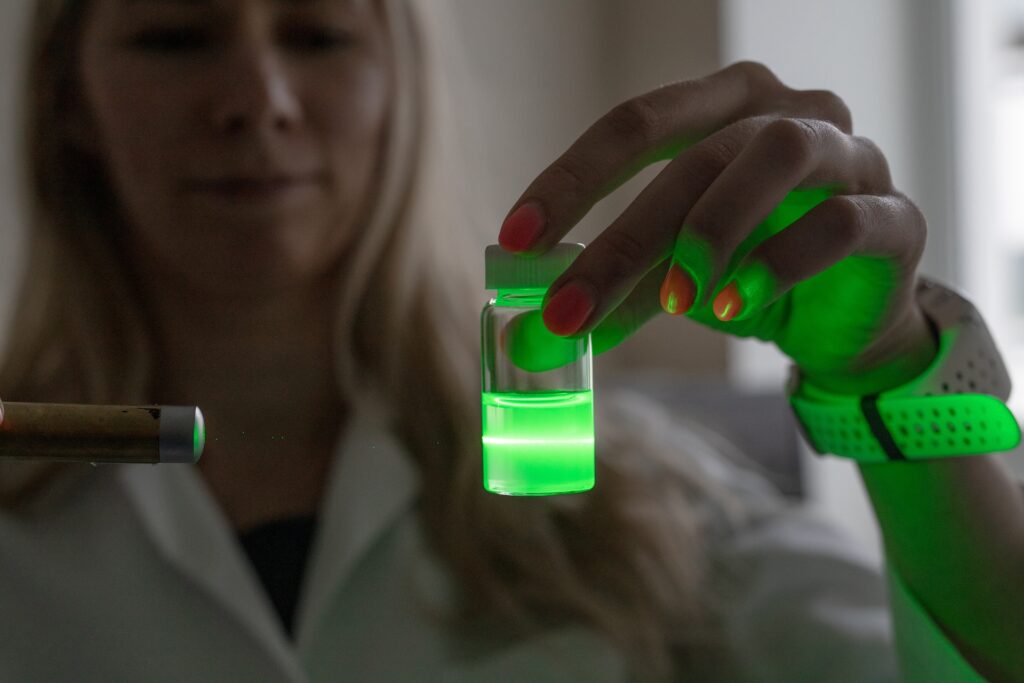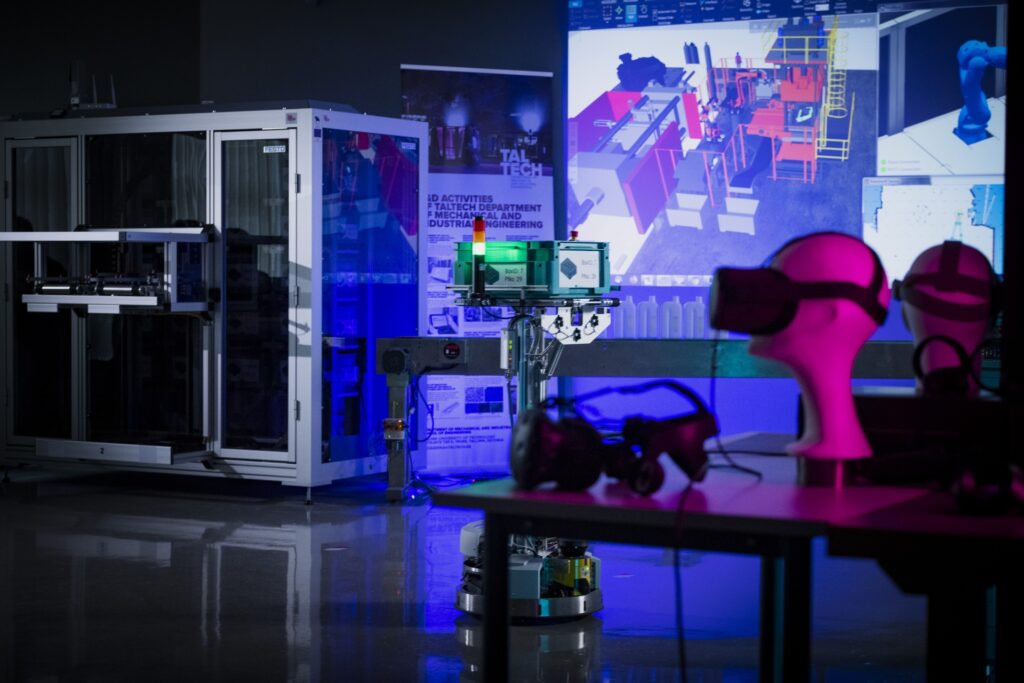To enhance the competitiveness of the Estonian economy and ensure sustainable development, the country needs to increase its investments into developing green technologies; the country’s weak point is that the state support for research and development in local businesses is inadequate and erratic, shows a report by a parliamentary think tank.
The report was compiled by the Foresight Centre, a think tank at the Estonian parliament that analyses socio-economic trends and builds future scenarios. The head of the centre, Tea Danilov, said she’d like to see Estonia make bold contributions into developing green technologies to ensure that the green transition is economically profitable.
“Different technologies linked to the green transition are today competing and it has remained unclear in many fields which would be the breakthrough solution. However, it is undeniable that the rapid development of technologies would introduce massive changes and new economic opportunities for countries who are investing consciously and consistently in their development,” Danilov said in a statement.
The field of green technologies holds the largest potential for Estonia’s economy in research and development as well as in the generation of new ideas, according to the think tank.

Uku Varblane, the head of research at the Foresight, highlighted the central role of universities and the business sector, including start-ups, in developing green technologies.
World-class competence in producing fake “meat”
“State support for businesses is key in confronting the risks of technological development, and yet the state support in Estonia for research and development is less than one third of the OECD average. In addition, support volumes have fluctuated strongly, depending on the EU Structural Fund periods and conditions,” Varblane said.
“In the research and development investments of businesses, the percentage of state support has fluctuated between four and 11%, and the amount of yearly support has ranged from €6–€7 million to €20 million,” he added.
The experts involved in the research of the Foresight Centre identified the technologies that would offer the strongest support for the green transition and give Estonia the best chances in the race towards technological development.
“For example, Estonia’s best opportunities in producing meat substitutes lie in test regulation and setting up of test laboratories. With Estonian researchers having world-class competence in fields that are crucial for the production of meat alternatives, experts also see a future in the manufacturing of bioreactors in Estonia,” the think tank noted.

The experts point out in the report that hydrogen and the technologies of its production and use have a strong potential in becoming important export articles. Several research groups in Estonia’s higher education institutions are currently working on developing materials for fuel elements and electrolysers.
Biorefining could give Estonia an edge over Scandinavia
Infrastructure investments into solar and wind farm networks and related hydrogen storage would create a foundation for producing green hydrogen in Estonia, as would investments into deep harbours and creating hydrogen transport capacities. The production potential of green hydrogen has been assessed at 2,000–40,000 metric tons per year by 2030.
Biorefining would help replace oil-based products with those produced from biomaterials, and consequently reduce dependence on imported fossil fuels and strengthen energy independence. Investing into wood biorefining would give Estonia a competitive edge in comparison with Scandinavia where wood chemistry has been in operation for the past 20 years, although mainly in the form of traditional biorefineries, while synthetic biology has been somewhat overlooked in investments, the think tank said.
“Digitalised development of cell strains can be applied in food production and medicine, while biotechnological processes allow the production of a variety of materials, pharmaceuticals, chemicals, fuels and foodstuffs. We are seeing cell plants being launched in Estonia, with a potential to evolve into a new sustainable bioindustry sector. This would make a strong contribution into Estonia chemical industry.”

The Foresight Centre is a think tank at the Estonian parliament that analysis socio-economic trends and builds future scenarios. It researches a range of topics in order to anticipate emerging trends and potential disruptions.

